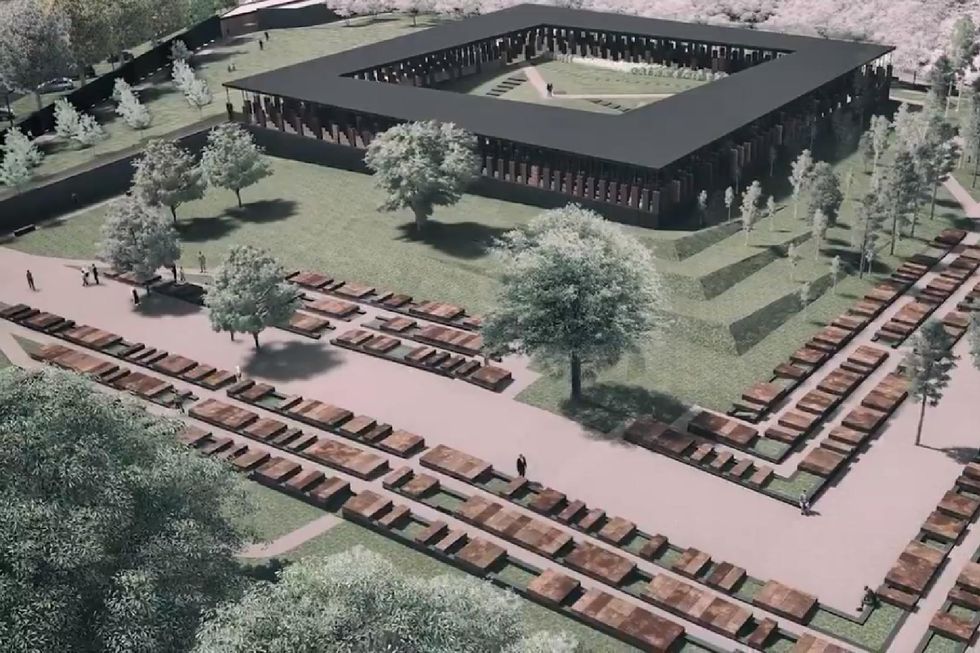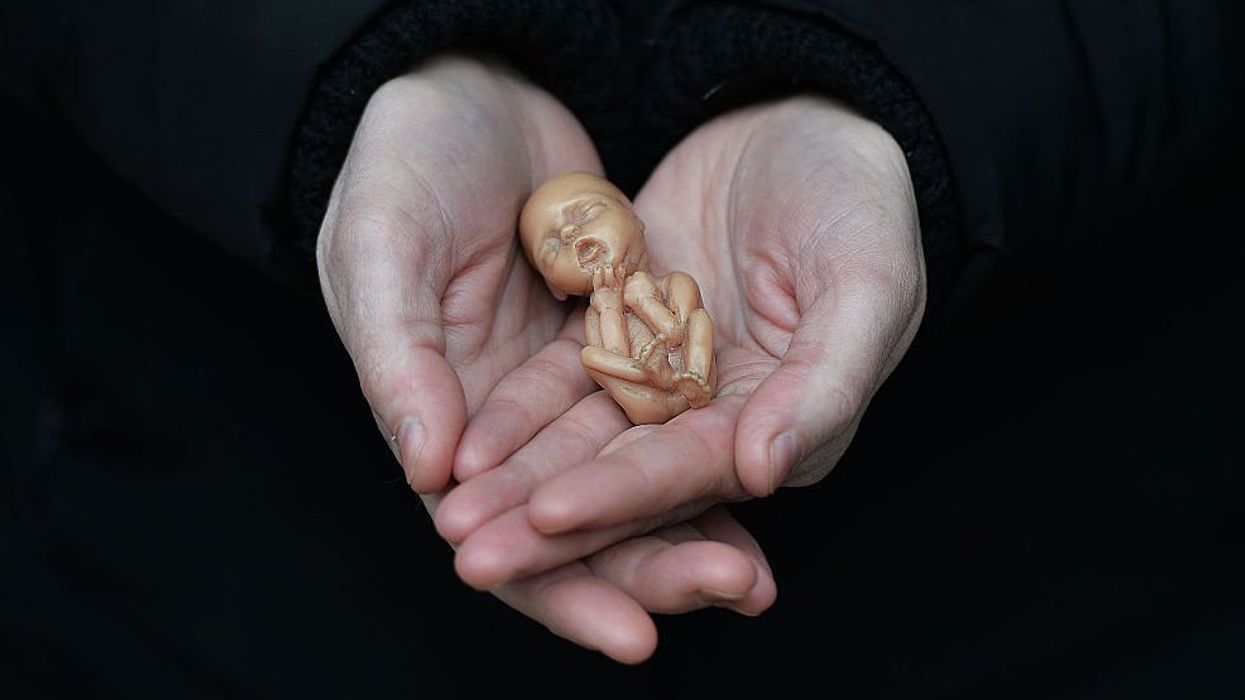A new memorial in Montgomery, Alabama, seeks to honor the victims of lynchings in the United States, and to prevent the memory of those crimes from being forgotten.
What's the background of the memorial?
The National Memorial for Peace and Justice, which officially opens on Thursday, will seek to pay tribute to thousands of African-American victims of lynchings. Eight hundred steel columns hanging from the roof of the memorial represent counties across the country where lynchings occurred. Etched in each column are the names of the victims from that county.
But the victims were more than just names on a column, and the memorial takes this into an account. Short summaries of the horrors that these people had to endure, some of them incredibly graphic.
Statues outside the memorial attempt to illustrate the suffering of slaves in chains, and families being torn apart.
The memorial was produced by the nonprofit Equal Justice Initiative. According to its website, the group is “committed to ending mass incarceration and excessive punishment in the United States, to challenging racial and economic injustice, and to protecting basic human rights for the most vulnerable people in American society.”
What did the EJI report say?
In 2015, the EJI released a report that revealed that there were “at least 800 more lynchings” of African-Americans between 1877 and 1950 than had previously been reported.
“The question I used to get,” EJI founder Bryan Stevenson said, according to The Washington Post, “was 'Why don’t you do this in Washington, D.C.?' And I just really believe it is important for Americans to make the journey, take the trip, and get proximate to the part of this country where this legacy was most intensely felt.”
Stevenson based the design on the Lincoln Memorial in Washington D.C.; the Apartheid Museum in Johannesburg, South Africa; and the Holocaust Memorial in Berlin, Germany. Stevenson's great-grandparents were slaves in Virginia.
"I'm not interested in talking about America's history because I want to punish America," Stevenson told The New York Times. "I want to liberate America. And I think it's important for us to do this as an organization that has created an identity that is as disassociated from punishment as possible."




